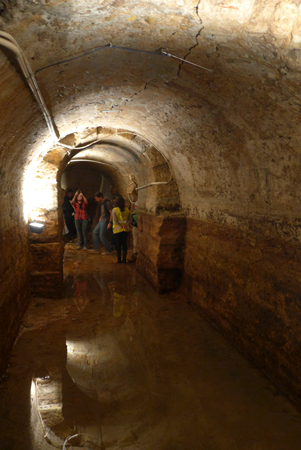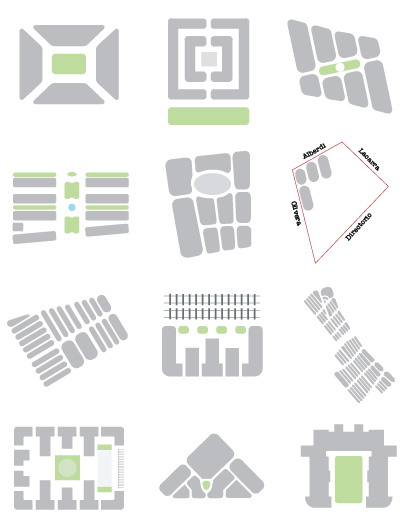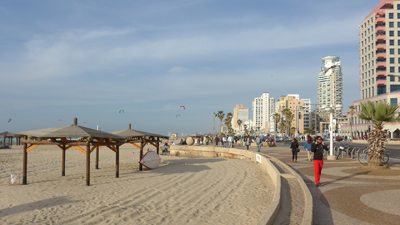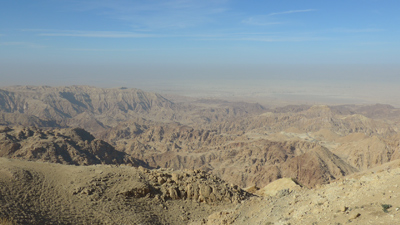lisboa: galerias romanas

After years of visiting Lisboa, at long last I’ve been able to see what I consider one of the city’s holy grail sites: Roman galleries buried beneath the modern downtown district. They are difficult to visit because since the 1980s, the city government only opens them once or twice each year. I still remember them being open for one day only, & either I was too exhausted from doing tours to visit or just not in town. As of this post, the galleries are now open twice per year for three consecutive days during mid-April & the end of September. Nevertheless, lines are long & on-line reservations go quickly. Be prepared!
Read More »lisboa: galerias romanas



